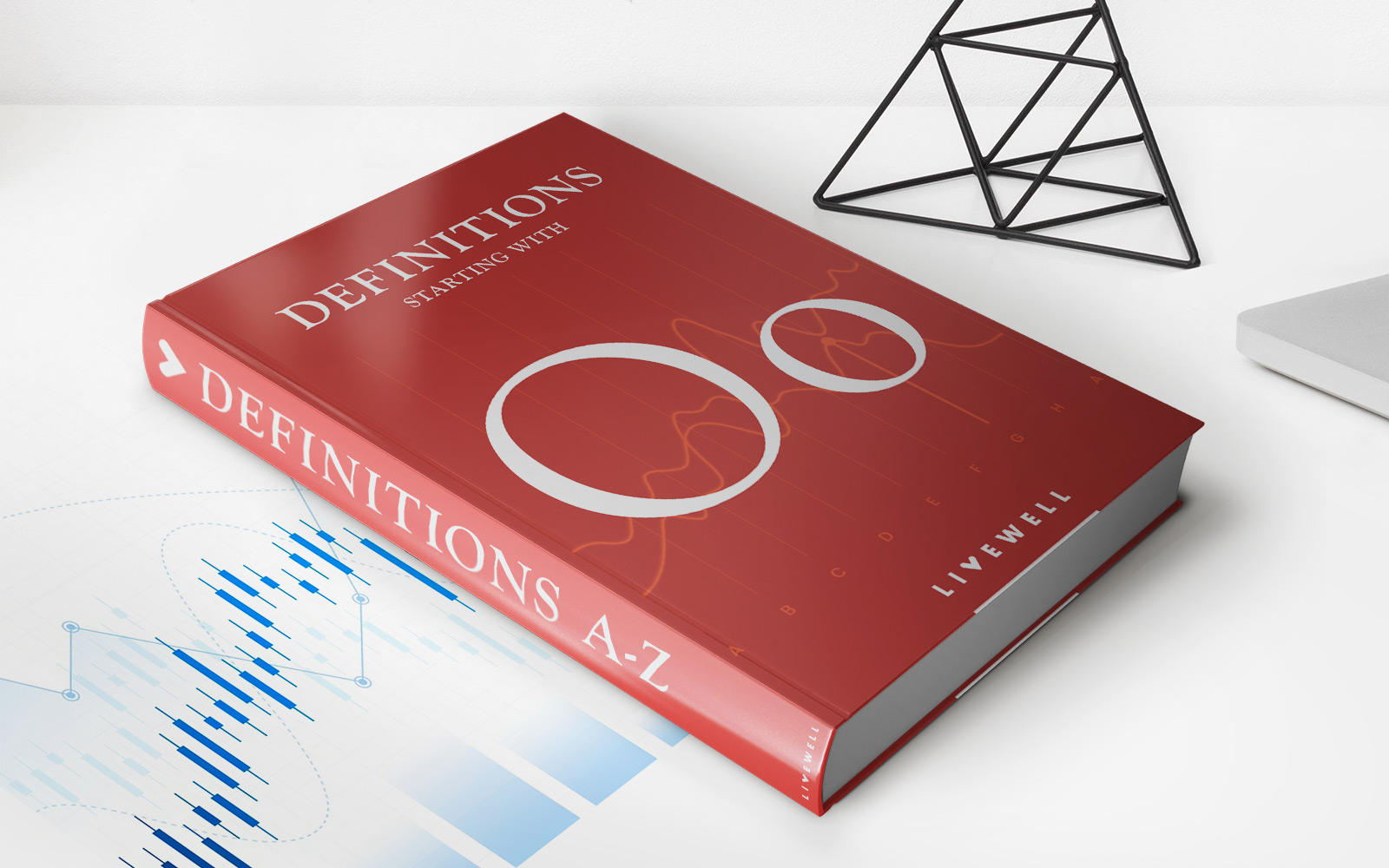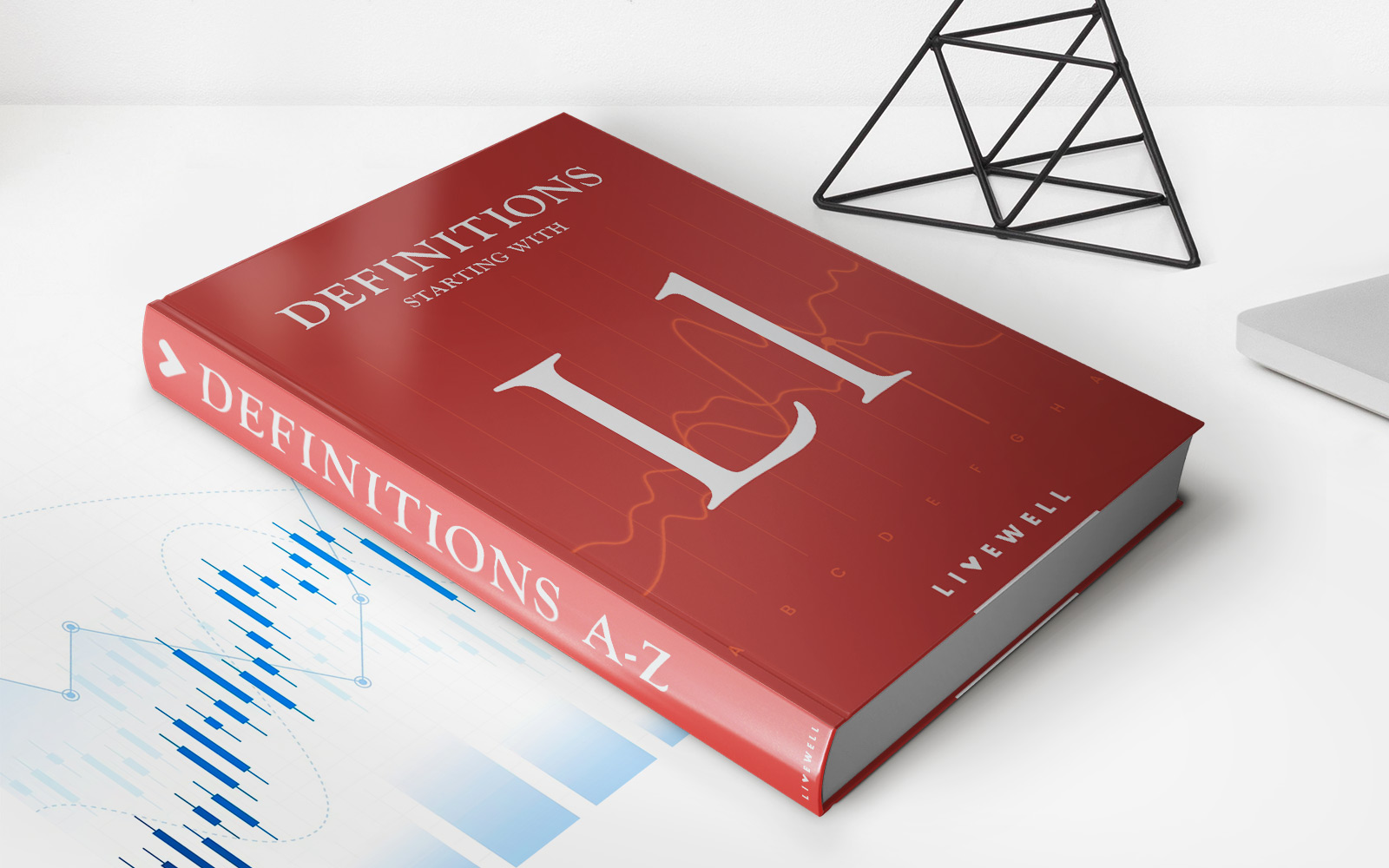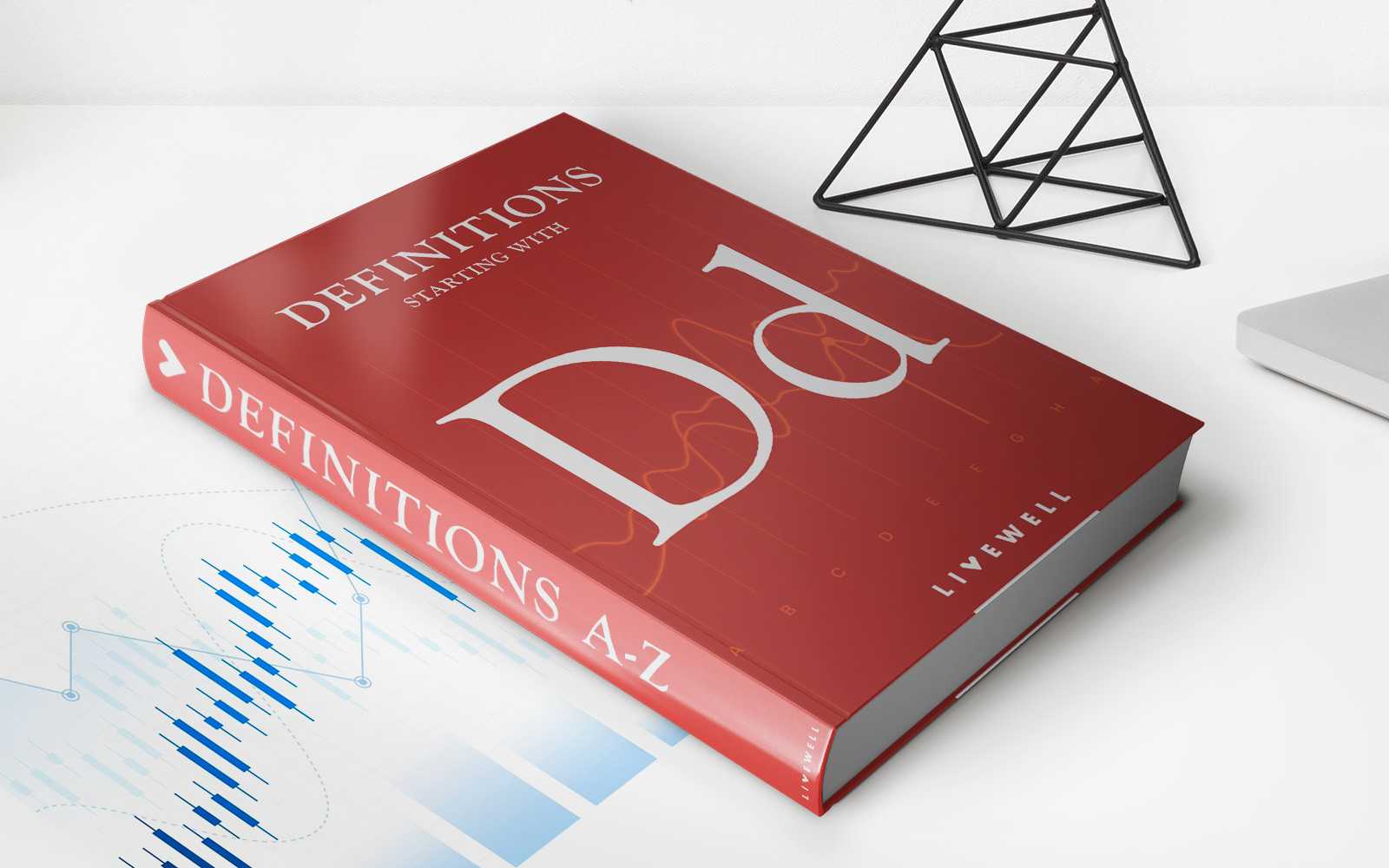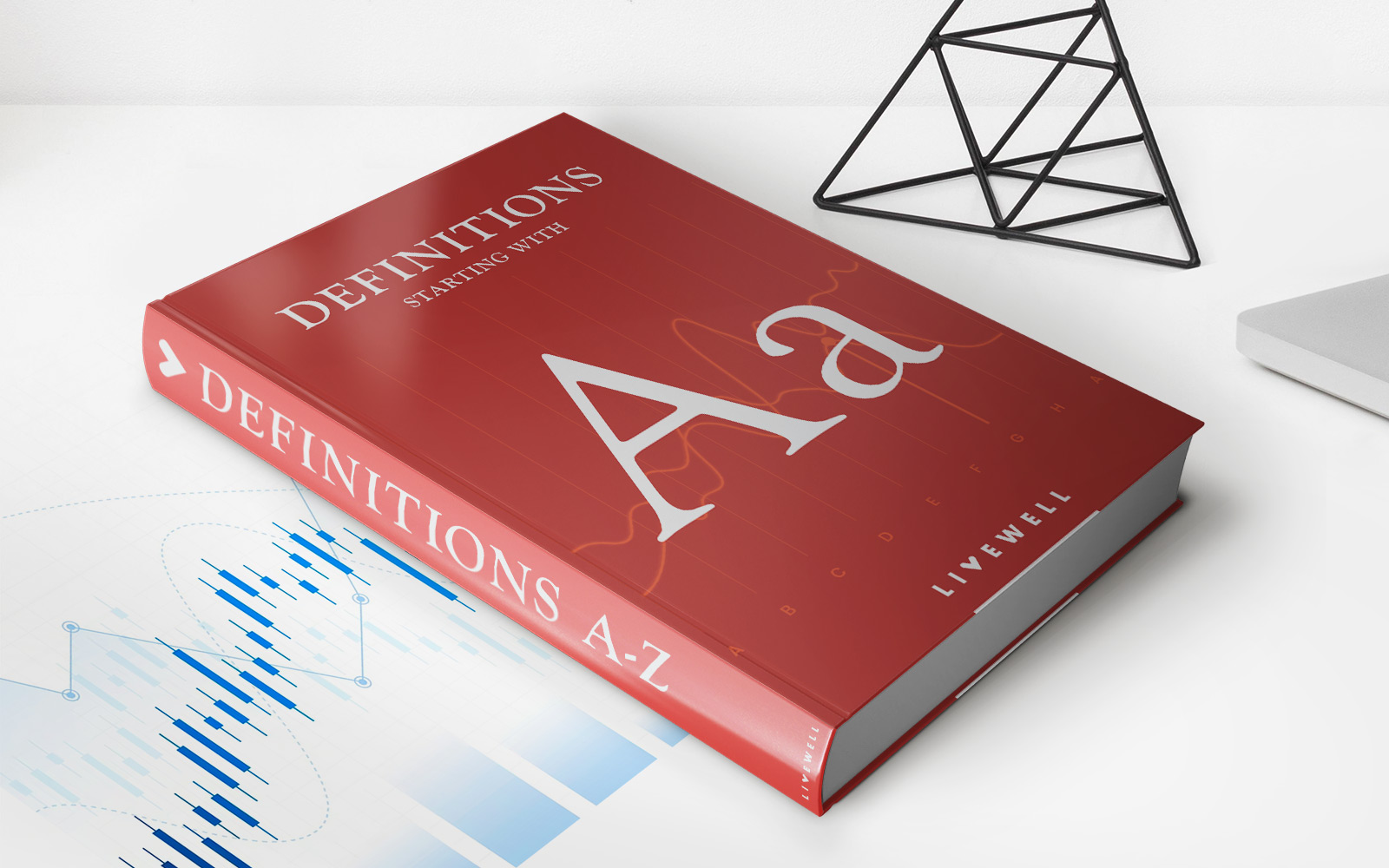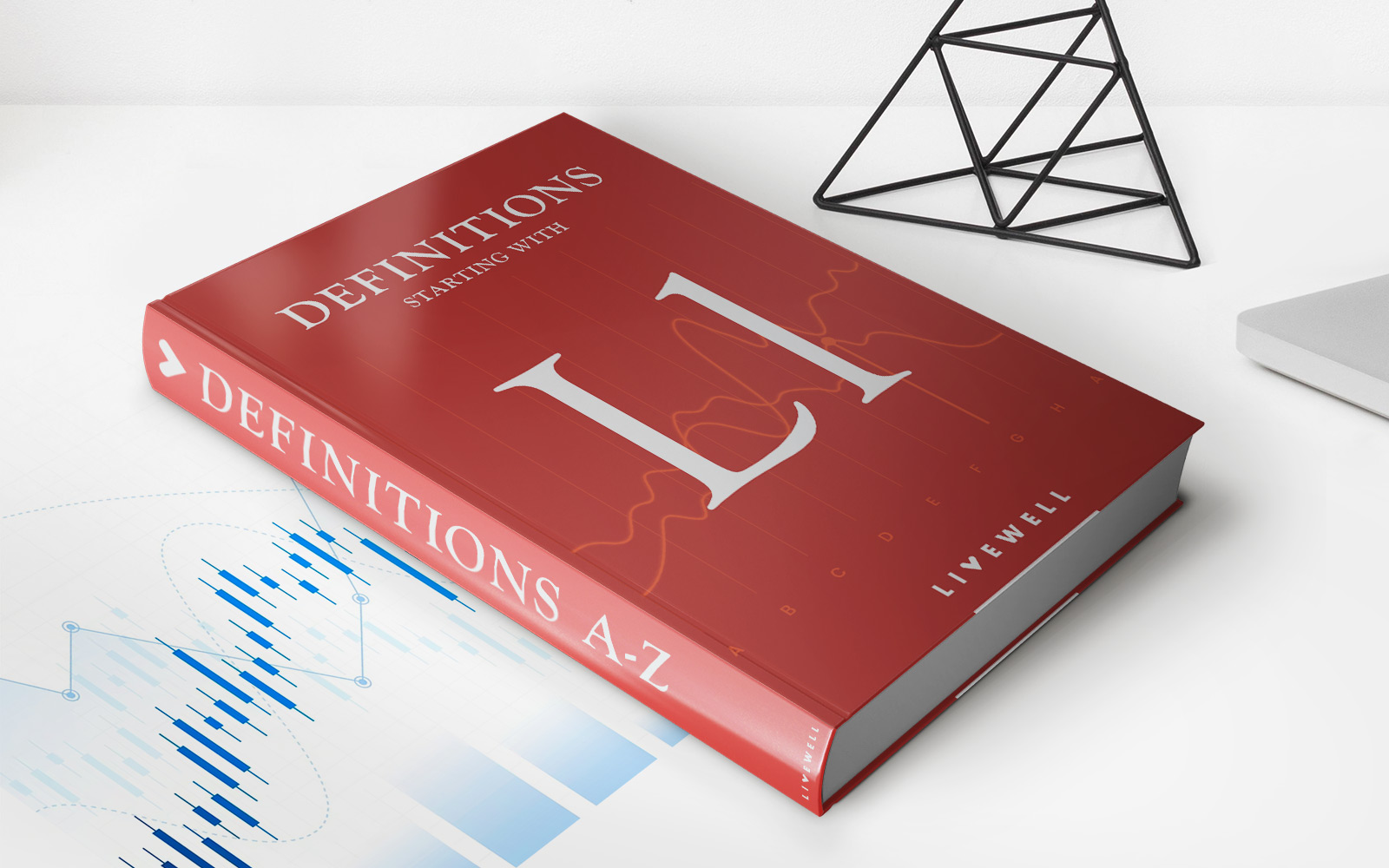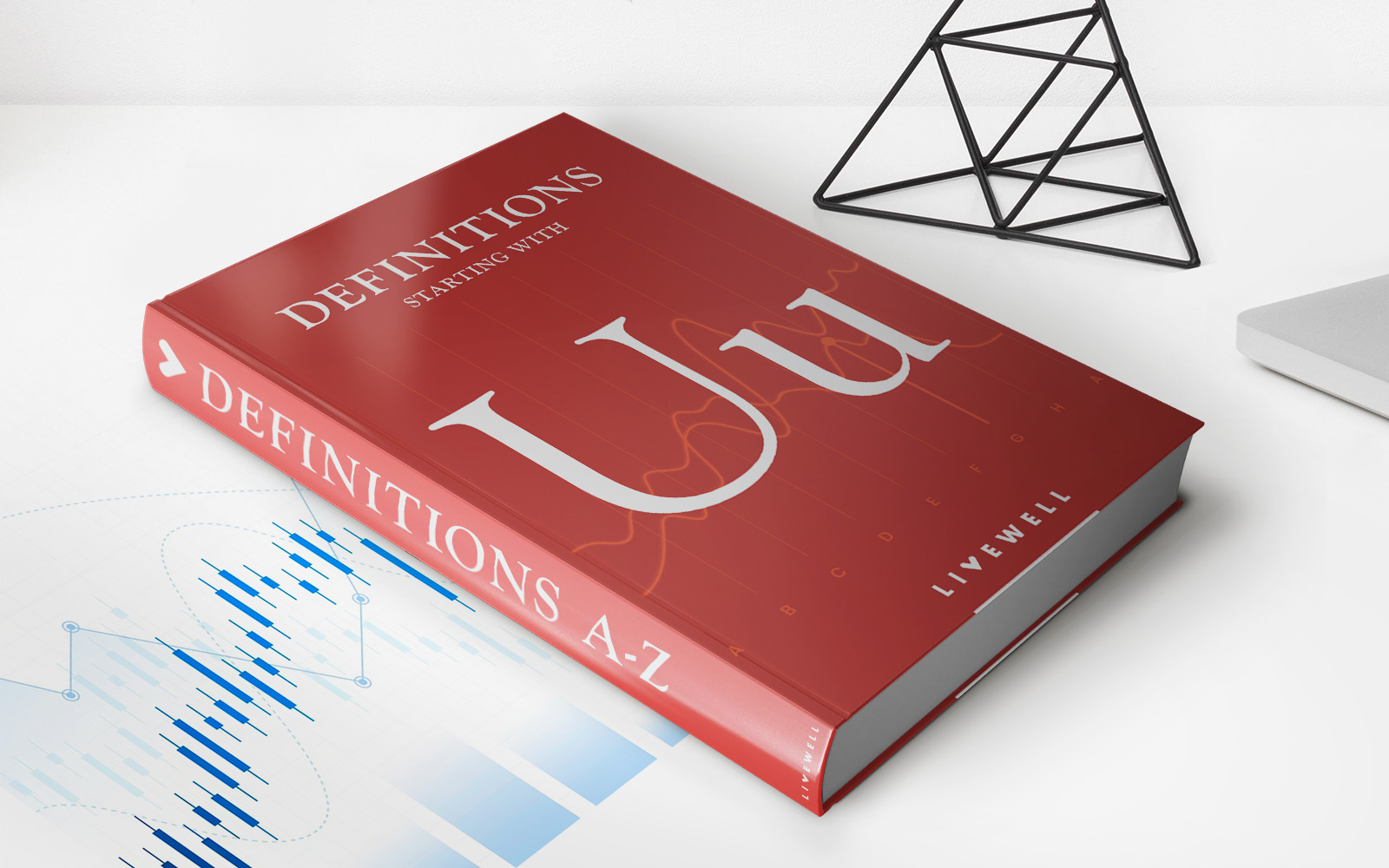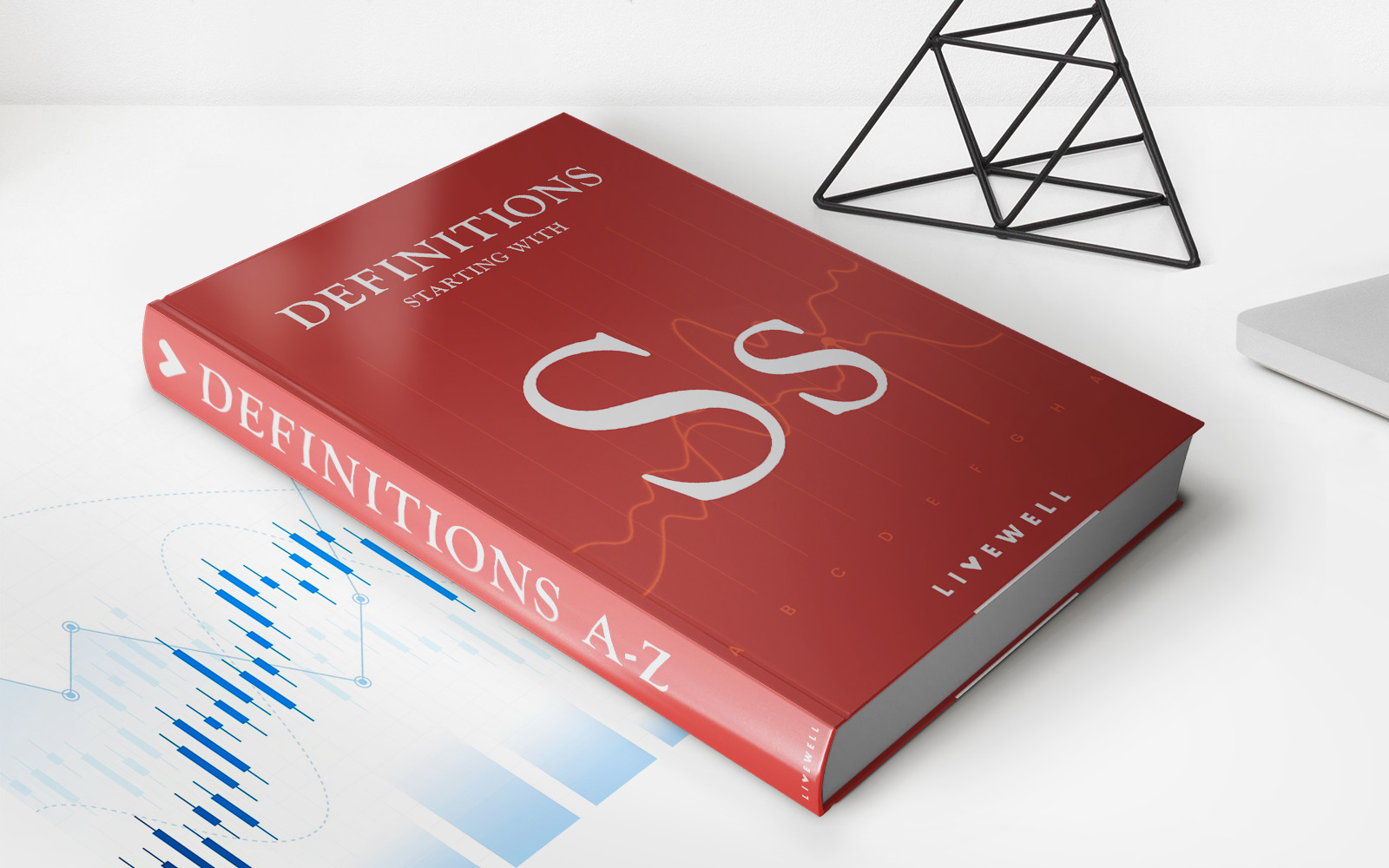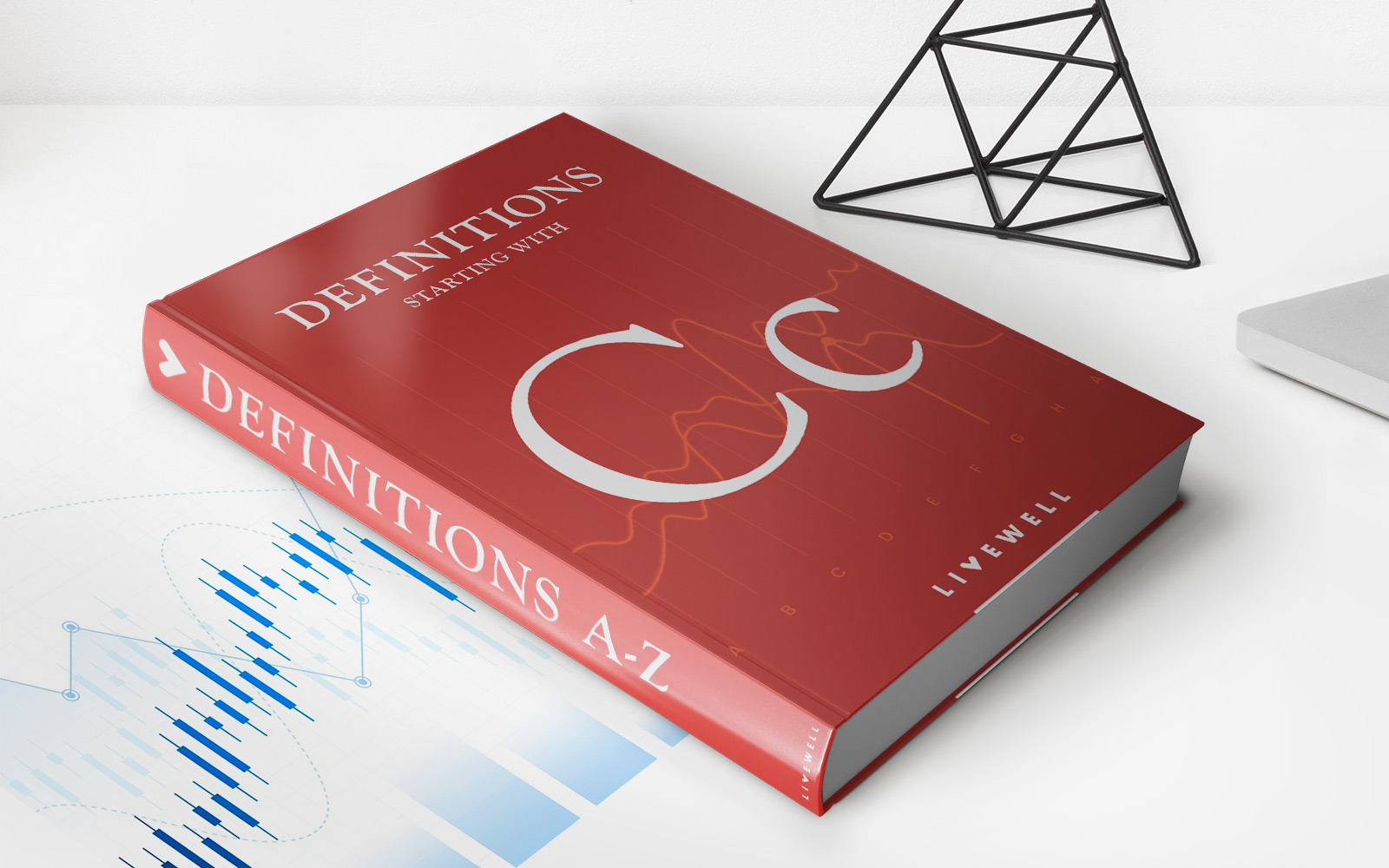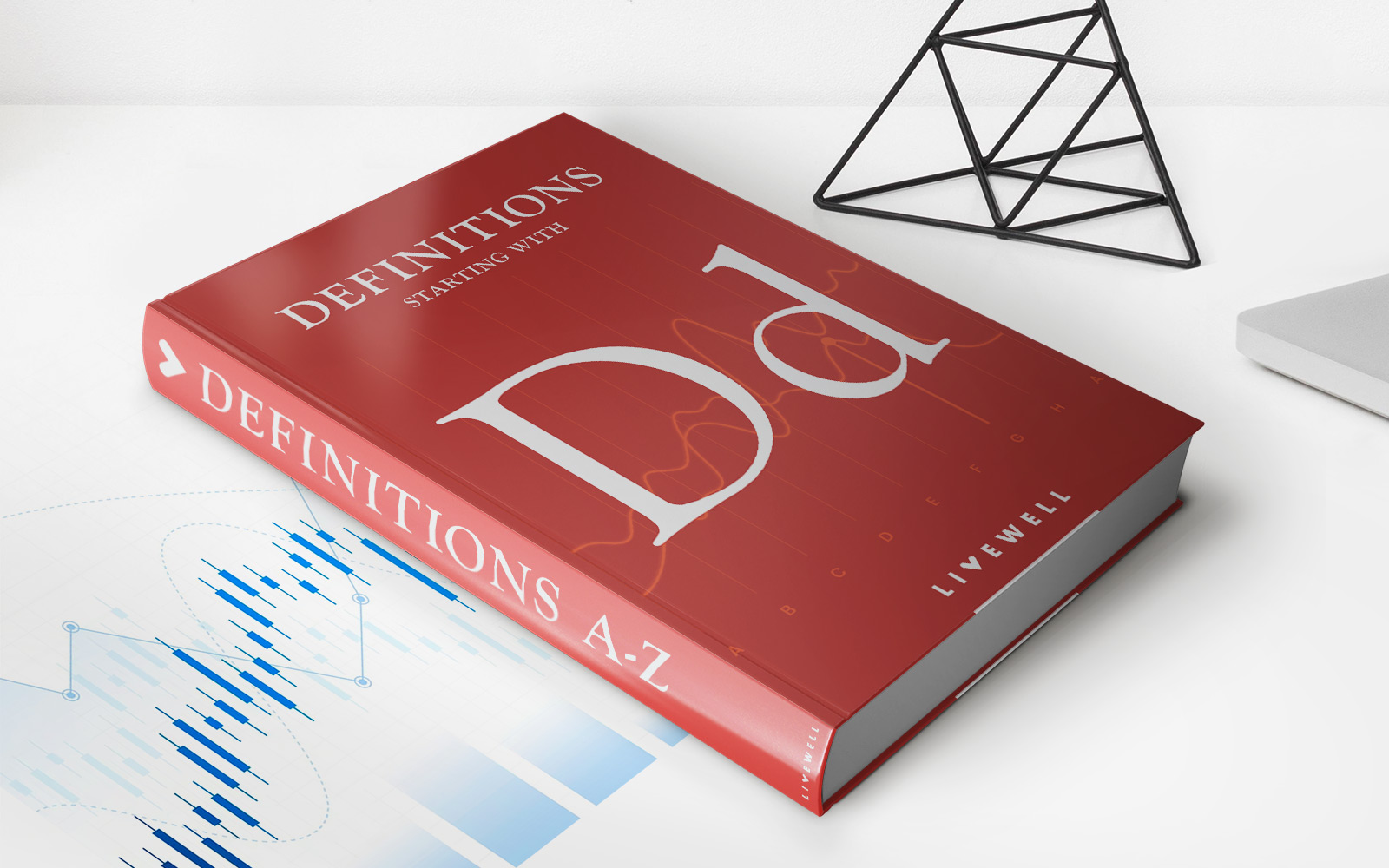

Finance
Dojima Rice Exchange Definition
Published: November 13, 2023
Get the definition of Dojima Rice Exchange in finance and understand its significance in the trading market
(Many of the links in this article redirect to a specific reviewed product. Your purchase of these products through affiliate links helps to generate commission for LiveWell, at no extra cost. Learn more)
The Dojima Rice Exchange: A Fascinating Piece of Financial History
Finance is a broad and complex field, filled with numerous facets and interesting stories. One such story is that of the Dojima Rice Exchange, a unique and fascinating part of financial history. In this article, we will delve into the definition of the Dojima Rice Exchange, explore its significance, and uncover the lessons we can learn from it today.
Key Takeaways:
- The Dojima Rice Exchange was a leading commodities exchange in Japan during the Edo period.
- During its peak, the Dojima Rice Exchange played a crucial role in the Japanese economy and had a significant impact on global trade.
What was the Dojima Rice Exchange?
The Dojima Rice Exchange was a commodities exchange located in Dojima, Osaka, during the Edo period in Japan. Established in the late 17th century, it quickly became one of the most prominent and influential financial markets in the country. The exchange primarily dealt with the trading of rice, which was not only a staple food but also used as a form of currency in Japan at the time.
The exchange operated on a unique system known as “futures trading,” where contracts for the delivery of rice at a future date were bought and sold. This system allowed for speculation on the price of rice and provided a platform for merchants, samurai, and even commoners to participate in the market. The Dojima Rice Exchange provided an avenue for these individuals to balance their risk and hedge against potential losses or gains in the rice market.
The Significance of the Dojima Rice Exchange
During its peak, the Dojima Rice Exchange played a crucial role in the Japanese economy and had a significant impact on global trade. Here are a few reasons why this exchange was so significant:
- Price Stability: The exchange helped stabilize rice prices by allowing participants to hedge against market fluctuations. This stability was particularly important in a society where rice was not just a commodity but also a form of currency.
- Standardization: The Dojima Rice Exchange introduced standardized contracts and grading systems for rice, which contributed to the development of fair and transparent trading practices. This standardization further enhanced market efficiency and reduced transaction costs.
- Global Influence: The exchange had a profound impact on global trade, with rice being one of Japan’s major exports at the time. The Dojima Rice Exchange not only facilitated domestic trade but also connected Japanese traders with international markets.
However, the Dojima Rice Exchange faced challenges and eventually declined due to factors such as government intervention, fluctuations in rice production, and shifts in economic policies during the Meiji period. Nevertheless, its impact on financial market development and the evolution of trading practices cannot be understated. The Dojima Rice Exchange paved the way for future exchanges and laid the foundation for modern commodity trading.
Conclusion
The Dojima Rice Exchange stands as a testament to the ingenuity and innovation of financial markets throughout history. It demonstrated the importance of risk management, standardization, and global connectivity in fostering economic growth. Although the Dojima Rice Exchange is no longer operational, its legacy lives on in the thriving global financial markets we have today. As we continue to navigate the complexities of finance, it’s essential to appreciate and learn from the valuable lessons this fascinating piece of financial history offers.

